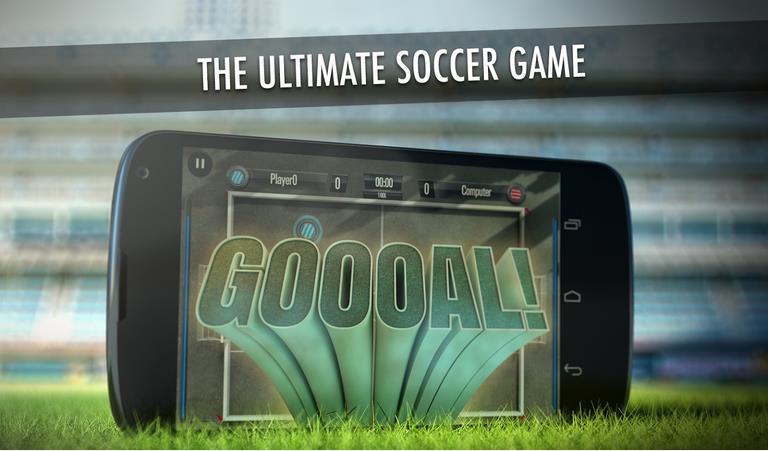

Remember that “getting the ball first” has NEVER been absolution for whatever else may happen during or immediately after the tackle. Surely other similar fouls will come easily to mind. We must not be swayed by protests of “But I got the ball, ref” and we must be prepared to assess the proper penalty for misconduct where that is warranted.Ĭertain “prohibited actions” would include lifting the tackling foot to trip or attempt to trip the opponent, using the other foot or leg to trip or attempt to trip the opponent, kicking or attempting to kick the opponent, etc., etc. Referees must be vigilant and firm in assessing any tackle, because the likely point of contact is the lower legs of the opponent and this is a particularly vulnerable area. How can tackles become illegal? There are many ways but two of the most common are by making contact with the opponent first (before contacting the ball) and by striking the opponent with a raised upper leg before, during, or after contacting the ball with the lower leg. Remember that it is not a foul if a sliding tackle is successful and the player whose ball was tackled away then falls over the tackler’s foot. The declaration by a player that he or she “got the ball first” is irrelevant if, while tackling for the ball, the player carelessly, recklessly, or with excessive force commits any of the prohibited actions. On the other hand, the fact that contact with the ball was made first does not automatically mean that the tackle is fair. Making contact with the opponent before the ball when making a tackle is unfair and should be penalized.

The referee must judge whether the tackle of an opponent is fair or whether it is careless, reckless, or involves the use of excessive force. In fact, if, in the opinion of the referee, the tackle endangers the safety of the opponent, it makes no difference if there is contact or not. There is nothing regarding “endangering the safety of the opponent” which limits it to a slide tackle. Referees (and spectators) should not get hung up on the term “slide” tackling. In other words, there is nothing illegal about a slide tackle by itself-no matter where it is done and no matter the direction from which it comes. A slide tackle is legal, provided it is performed safely. The term “slide tackle” refers to an attempt to tackle the ball away from an opponent while sliding on the ground.

Can you please give some guidance of what to look for and how I can be better at calling a foul on a hard tackle? Sometimes good tackles cause a player to fall so please help me with this. I have difficulty at times recognizing a slide tackle that


 0 kommentar(er)
0 kommentar(er)
